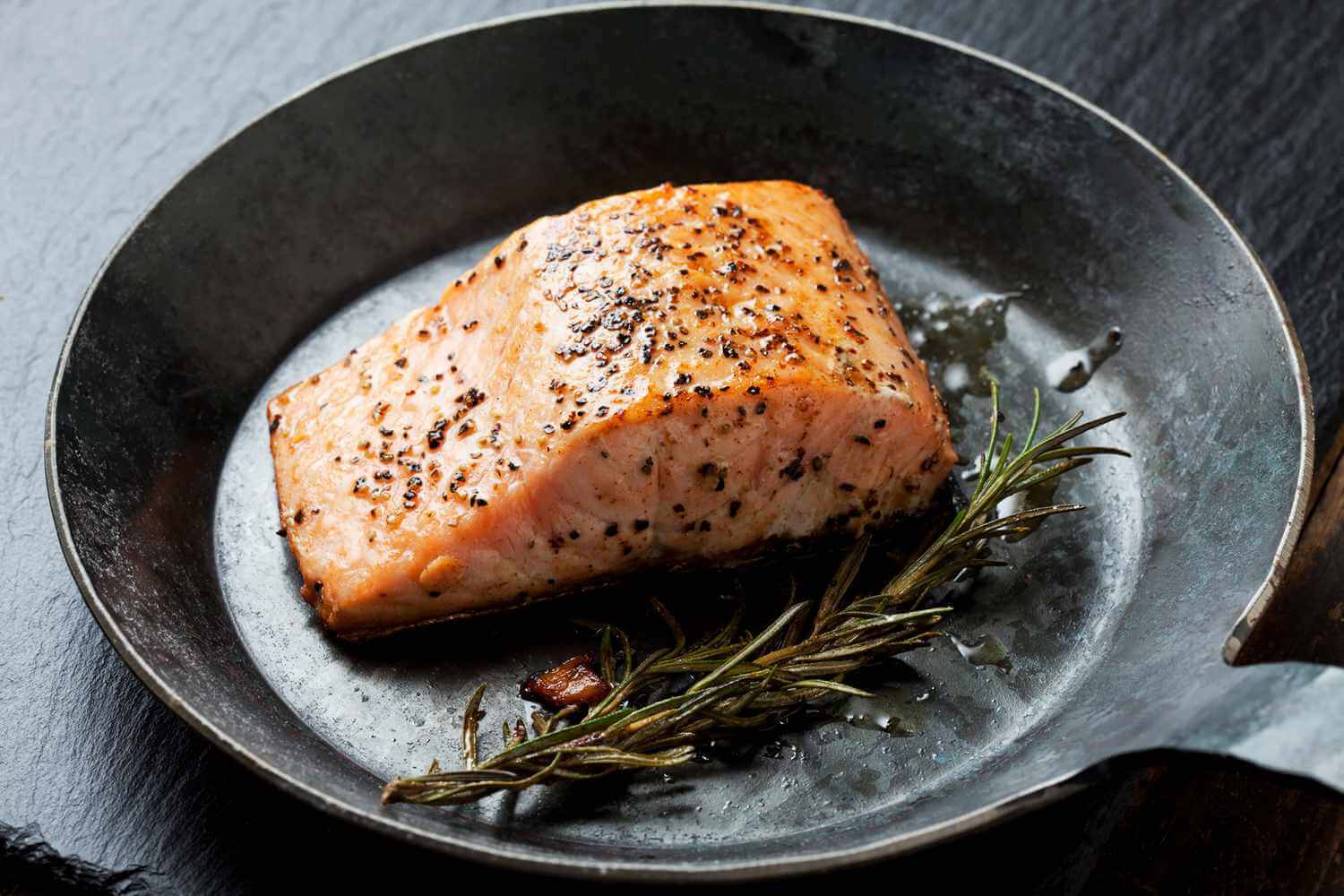- Thriving Guide
- Posts
- Dietitian-Approved Guide to Eating Fish for Omega-3 Benefits
Dietitian-Approved Guide to Eating Fish for Omega-3 Benefits
A dietitian breaks down how much fish you really need each week, what to avoid, and what to do if seafood just isn’t your thing.

You’ve likely heard that omega-3s are essential for heart and brain health but how often do you actually need to eat fish to get enough? We asked Grace A. Derocha, MBA, RD, CDCES, a registered dietitian and spokesperson for the Academy of Nutrition and Dietetics, for expert advice on how often to eat fish for omega-3s and whether supplements are a reliable alternative.
Why Omega-3s Matter
Omega-3 fatty acids are essential, meaning your body can’t make them on its own—you have to get them through food or supplements. These healthy fats play a major role in:
Reducing inflammation
Lowering triglycerides
Supporting healthy blood pressure
Improving brain, heart, and eye function
Think of omega-3s as oil for your arteries helping keep them flexible and reducing your risk of chronic conditions like heart disease.
So, How Often Should You Eat Fish?
The American Heart Association recommends two servings of fatty fish per week, with each serving being 3.5 ounces (about the size of a checkbook or large cell phone).
This amount provides a steady supply of EPA (eicosapentaenoic acid) and DHA (docosahexaenoic acid) two types of omega-3s found primarily in marine sources that offer the biggest health benefits.
To make it easier, remember the acronym SMASH:
Salmon
Mackerel (Pacific)
Anchovies
Sardines
Herring
All of these are high in omega-3s, low in mercury, and easy to find in most grocery stores. You can mix and match, or stick with one if that’s what you enjoy consistency matters more than variety.
Is Mercury in Fish a Concern?
Yes, but it depends on the type of fish. Mercury is especially concerning for pregnant individuals, children, and those breastfeeding, as it can impact brain and nervous system development.
The good news? SMASH fish are all low in mercury, making them smart, safe choices.
Fish to Limit or Avoid (due to high mercury levels):
Shark
Swordfish
King mackerel
Tilefish
Tip: Small mackerel (like those in canned products) are safe—it's the larger king mackerel you’ll want to avoid.
What If You Don’t Like Fish?
While whole fish is the best source of omega-3s (also providing high-quality protein, vitamin D, selenium, and other nutrients), supplements are a practical alternative for those who:
Don’t enjoy fish
Have allergies
Follow a plant-based or vegan diet
Have higher omega-3 needs due to health conditions
Choosing a Quality Omega-3 Supplement:
Look for third-party testing to verify purity and potency
Choose supplements with 500–1000 mg of EPA + DHA per serving
Options include fish oil, krill oil, and algae oil for vegans
What About Plant-Based Omega-3s?
Foods like flaxseeds, chia seeds, walnuts, and soybeans contain ALA (alpha-linolenic acid) a plant-based omega-3. While beneficial, ALA doesn’t convert efficiently into EPA and DHA in the body. That’s why fatty fish or a supplement containing EPA and DHA is still recommended.
Quick Takeaway:
Aim for two servings of fatty fish per week
Prioritize low-mercury options like salmon, sardines, and herring
If you don’t eat fish, choose a high-quality supplement with EPA and DHA
Whole foods offer more than omega-3s they deliver key nutrients you can’t replicate with pills
Embrace the health benefits of this ancient food with mindful choices rooted in science. For more wellness insights, subscribe to our newsletter or share this article with someone looking to improve their heart health naturally.